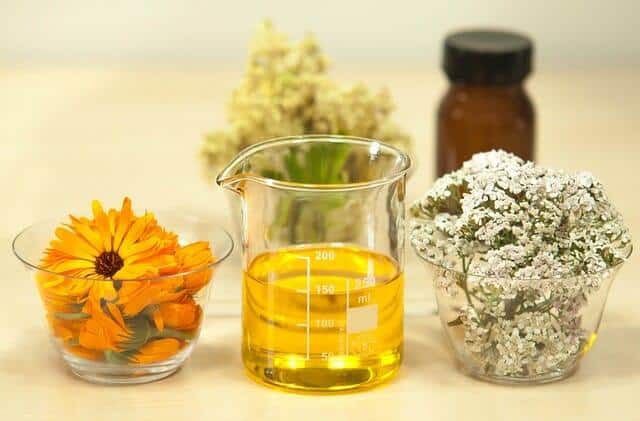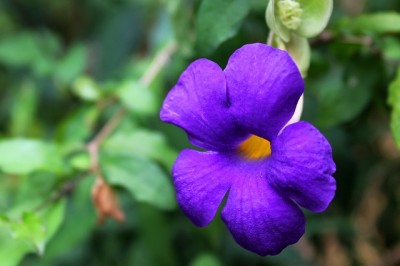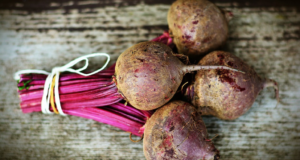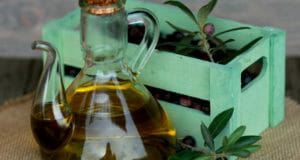Herbs, whether locally found or grown in the garden, carry medicinal and culinary purposes, allowing homesteaders to make teas, tinctures and infused oils from them. But herbs aren’t the only local source.
I enjoy using locally grown “wild” plants for infused oils. Many people brush over foraging, but there are some amazing plants that grow in the world around you. Unfortunately, plants like dandelions and plantains have lost their place in the world. Once you understand their unique properties, though, you’ll find that you can make infused oils from dozens of plants.
These wild plants or “weeds” were used for thousands of years for their properties. It is time to relearn that knowledge.
What Are Infused Oils?
As you might guess from the name, an infused oil has the essence of another element. In this case, we create infused oils by extracting the active compounds from the plant by steeping them in water, alcohol or oil.
How are Infused Oils Beneficial?
Culinary infused oils are great for cooking. If you infuse oil with basil, the flavor will be more obvious throughout the dish you are creating. In this article, we are aiming to create medicinal infused oils, and those serve different purposes.
Fast, All-Natural Pain Relief With No Nasty Side Effects!
The most obvious ways to use infused oils are to create lotions, salves, insect repellants or as a bath oil. For example, calendula is used for sunburns, rashes, inflammation and wounds. You could make an infused oil out of comfrey, which is useful for burns and insect bites.
What Local Plants Can You Use?
Surprisingly, your lawn might be a huge source of plants rich in medicinal properties. Let’s take a look at some plants to try.
- Plantain: As you walk through your lawn, you might notice patches of plantain. Our family uses plantain infused oils to make anti-inch lotions and salves. Plantain-infused oil soothes the skin from an insect bite or poison ivy rashes. The oil quickens the healing process of minor cuts and bruises.
- Violets: Perhaps your spring lawn looks like a field of purple at times. Violet leaf grows almost nationwide and serves many purposes, such as making a fantastic edible addition to your salads. Those little purple flowers can soothe skin, reduce inflammation and redness, cool irritated tissue, and serve as an antiseptic. Water infused with violets soothe a sore throat. Families with children can make a diaper rash cream with the infused oil.
- Dandelion: It’s safe to assume that you have dandelions in your yard come spring. They dot every yard and hillside, attracting bees. Many people think they are just a useless weed, but they couldn’t be any more wrong! Aside from using dandelion leaves in salads, you can use dandelion flowers as a mild pain reliever, perfect for sore tissues. An infused oil helps with dry skin and reduces scars and inflammation.
- Chickweed: Many people discount chickweed, but it has many benefits, especially for skin irritations. Inflammation, eczema, itching rashes, wounds and hemorrhoids benefit from chickweed-infused oils! Make a salve with the infused oil for your child with eczema; you’ll love the difference it makes!
- Purple dead nettle: Are your unattended flower beds filling up with purple dead nettle? Despite being an invasive species, it contains anti-oxidants that help to detoxify our bodies. The flavonoids in purple dead nettle can reduce inflammation, improve immune function and lessen allergy symptoms. It contains pain-relieving properties that make it an ideal choice for muscle pain.
Two Ways to Make Infused Oils
1. Solar-infused oils: The first method is the old-fashioned way to make these oils. Fill your glass jar with dried herbs or plants. Then, completely cover them with oil – olive oil is popular for this — filling your jar up to the brim. Put the jar in a warm, sunny spot, steeping the herbs for two to four weeks. Some herbs and flowers, such as dandelions, have more moisture and require less time to reduce the chance of molding. After allowed to steep, strain the oil through a cheesecloth, keeping all the oil.
Learn How To Make Powerful Herbal Medicines, Right in Your Kitchen!
2. Double-boiler method: If you’re in a hurry, there is a way to make infused oils faster. Put the herbs and oil into a double boiler, allowing them to simmer for 30 to 60 minutes. You don’t want the oil to overheat. It is better to use a lower heat and allow the oil and herbs to simmer for longer. After simmering, strain the mixture through a cheesecloth, saving the oil.
Infused Oil Tips
- Dried herbs reduce the risk of spoiling.
- Try storing the oil in a colored glass jar, as it extends the shelf life.
- Olive oil is a common choice because it resists rancidity.
- You also can use coconut, grape seed, almond and apricot oils. There are dozens of oils available, but try to avoid canola and vegetable oil.
Take a look at your backyard and discover all the goodies available to you! You might be surprised at how many you can find at one time.
Do you make infused oils? What advice would you add? Share your tips in the section below:
 Off The Grid News Better Ideas For Off The Grid Living
Off The Grid News Better Ideas For Off The Grid Living





